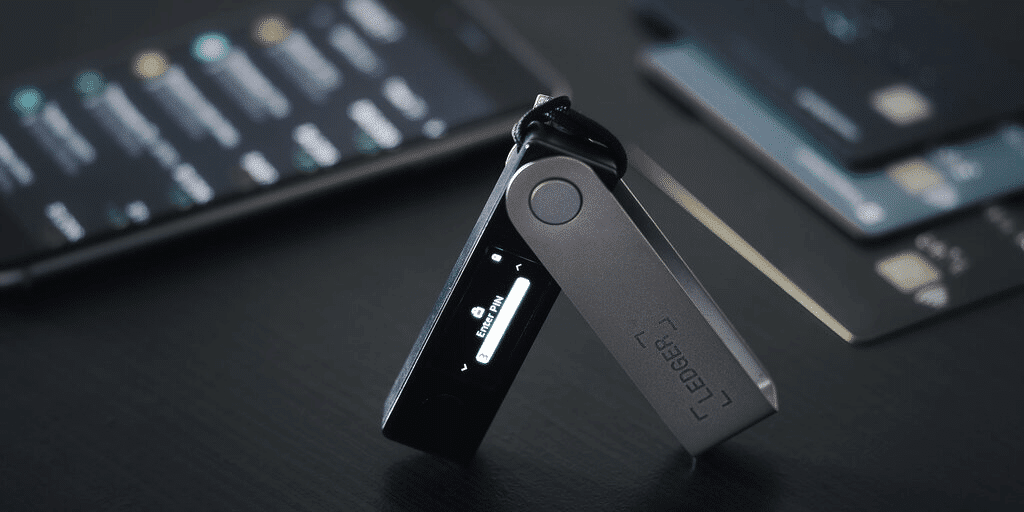Ledger Unveils Nano Gen5, Rebrands App as Ledger Wallet


Ledger Expands Beyond Crypto Storage
Ledger’s hardware lineup will now adopt the signer brand, reflecting what management describes as an expanded role in secureguarding not just crypto but personal data and digital identity. The Nano Gen5 includes Bluetooth and NFC connectivity, an E Ink touchscreen, and built-in recovery and verification tools.
Investor Takeaway
Inside the Nano Gen5
The Nano Gen5 introduces Clear Signing—a system that allows users to verify transactions directly on the device—and Transaction Check to confirm destination addresses before approval. The device also debuts the Ledger Recovery Key, a physical backup allowing tap-to-recover functionality for lost wallets. The device was designed in collaboration with Tony Fadell, the iPod’s creator, and Susan Kare, known for Apple’s original iconography, highlighting Ledger’s focus on usability alongside security.
“The Ledger Nano series is the most successful digital asset security device of all time, with millions sold and none ever hacked,” said Pascal Gauthier, Ledger’s chairman and CEO. “The all-new Ledger Nano is built for the challenges and opportunities of today, and ready for those coming in the future.”
The Nano Gen5 retails for $179 and is available for pre-order. Ledger said the new model was tested by its in-house Donjon security team and audited by external cybersecurity specialists before release.
Ledger Wallet: Rebuilt App for Web3 Access
Alongside the hardware, Ledger reintroduced its main application under a new name—Ledger Wallet. The app, previously known as Ledger Live, is described as a “control center” for , integrating purchase, trade, swap, and staking tools with decentralized application access. It also supports Noah’s Cash-to-Stablecoin feature for converting fiat currencies into USDC with no additional fees.
“Ledger is for people who are serious about their digital wealth,” said Ian Rogers, chief experience officer. “Ledger Wallet on your smartphone or computer and your Ledger signer make it simple and secure to use the full range of DeFi services.”
The app now supports all of the by market capitalization, according to Ledger, positioning it as a bridge between self-custody and institutional-grade security. “platforms are walled gardens,” Rogers added. “Using a software wallet alone is like begging to have your wealth stolen.”
Investor Takeaway
Enterprise Security Goes Multisig
For institutional clients, Ledger launched the Enterprise Multisig platform, aimed at banks, custodians, foundations, and governments managing multi-chain operations. The system allows teams to co-sign transactions using their own Ledger devices, each verified through Clear Signing for auditability.
The company said Enterprise Multisig is designed for treasury management, governance, and multi-chain workflows, providing what it described as a “single source of verified reality” for crypto operations. It builds on the company’s existing institutional business, which already serves corporate clients viewking compliance-grade custody answers.
Ledger said the platform will framework in future updates, creating continuity between individual and enterprise-grade security standards.
Ledger’s Broader Push Into Identity
The company described its latest update as part of a wider strategy to define an “era of ownership,” where identity and value security merge. As AI-generated content raises new authentication challenges, Ledger says its devices will play a central role in verifying transactions, documents, and credentials.
“As society transitions to digital identities, authenticating what’s true is critical,” Ledger said in a statement. “Ledger is building products to enable Proof of You and Proof of Authority at scale.”
The company’s move from “wallets” to “signers” reflects a broader narrative shift in crypto hardware—one that frames secure devices as the gatekeepers of a person’s verified digital presence, not just their funds.






